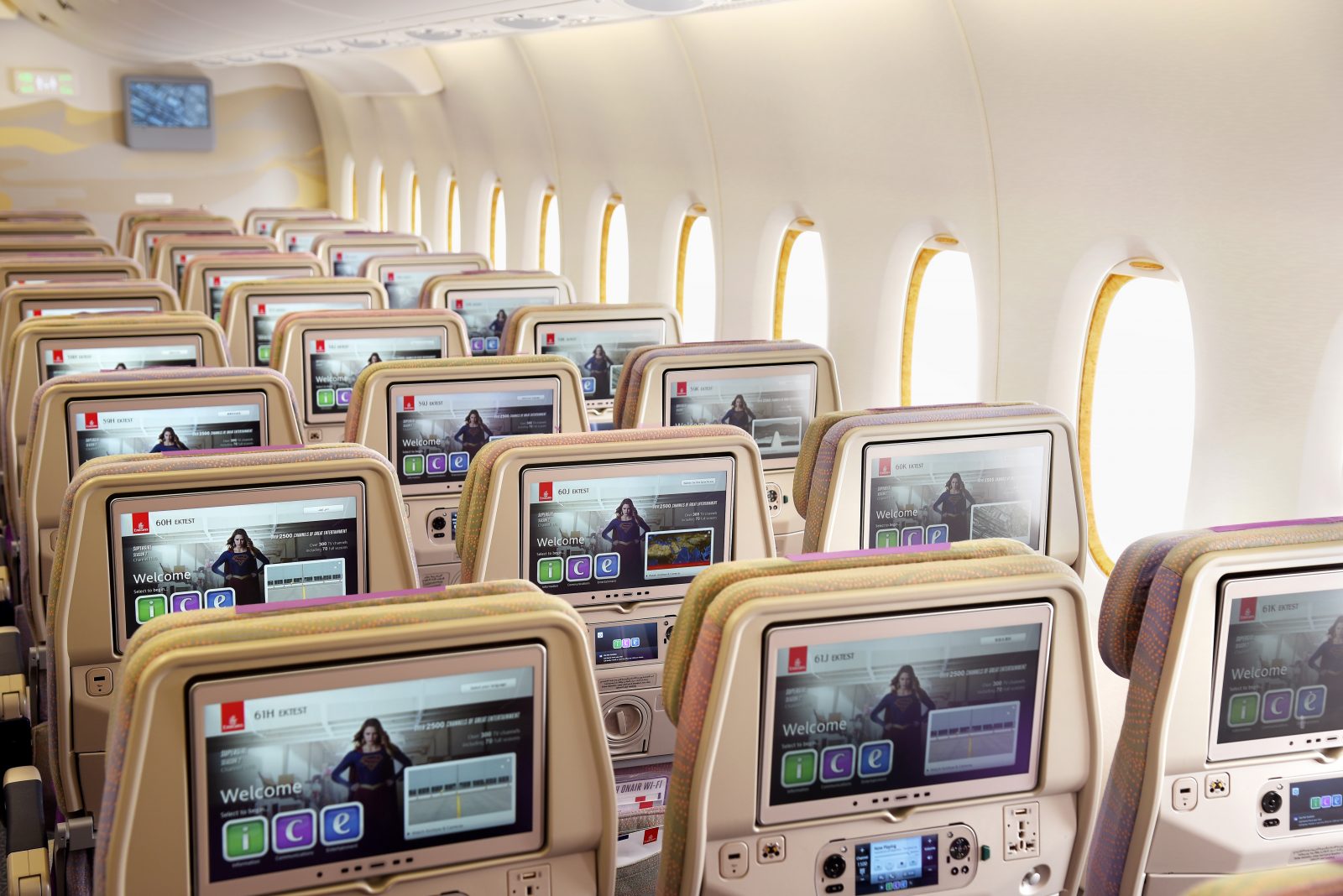
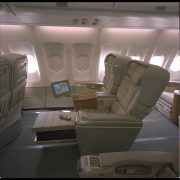
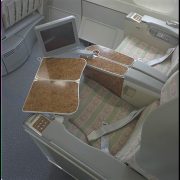
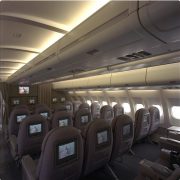
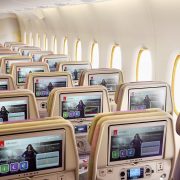 +1
+1 Inflight Entertainment Has Come a Long Way Since Emirates Decided to Install Seatback Television Screens 30 Years Ago
Inflight Entertainment Has Come a Long Way Since Emirates Decided to Install Seatback Television Screens 30 Years Ago
Inflight Entertainment Has Come a Long Way Since Emirates Decided to Install Seatback Television Screens 30 Years Ago
Inflight Entertainment Has Come a Long Way Since Emirates Decided to Install Seatback Television Screens 30 Years Ago
In 1992, Emirates took the daring and incredibly expensive decision to install individual seatback television screens at every seat and in every class of travel. The decision was initially mocked by airline industry executives but they were soon forced to eat humble pie as they scrambled to keep up with Emirates.
At the time, it was costing Emirates around $15,000 per seat to install individual ‘In-Flight Entertainment’ or IFE for short but it turns out to have been an investment worth making.
“Other airlines questioned the sense of this huge investment,” comments Patrick Brannelly, a senior Vice President at the Dubai-based airline who heads the IFE and connectivity division.
“But we quickly realised that our customers loved being entertained throughout the flight. It made their journeys feel shorter and fostered customer satisfaction and loyalty.”
Within a year, Brannelly says Emirates was working to expand the IFE system so that passengers could choose from as many as 20 channels on its brand new Boeing 777 jets that were due to be delivered by 1996.
How times have changed. Today, Emirates’ IFE system offers 3,900 hours of movies and TV and over 3,300 hours of music and podcasts. The airline estimates that a passenger would have to fly 500 times between Dubai and Sydney to consume the entire catalogue.
And that’s not the only thing that has changed. The latest systems offer ultra-high-definition screens with those in First Class coming in at a whopping 32”. Even Economy Class seats come with a 13.3” sized screen.
“We’ve never stopped improving our product,” Brannelly continues.
“Emirates has led in the inflight connectivity space too, from the introduction of satellite phones in 1993 to becoming the first to install systems that enabled mobile phones to be used on aircraft”.
Check out this video of what the first system looked like…
Mateusz Maszczynski honed his skills as an international flight attendant at the most prominent airline in the Middle East and has been flying ever since... most recently for a well known European airline. Matt is passionate about the aviation industry and has become an expert in passenger experience and human-centric stories. Always keeping an ear close to the ground, Matt's industry insights, analysis and news coverage is frequently relied upon by some of the biggest names in journalism.







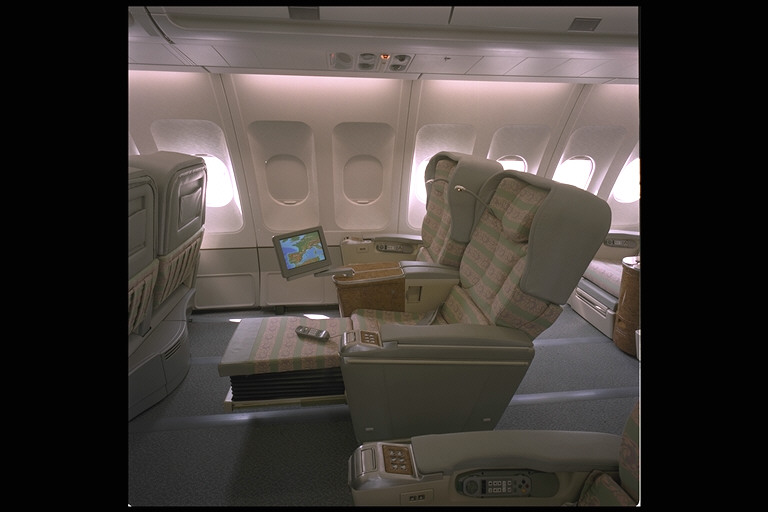
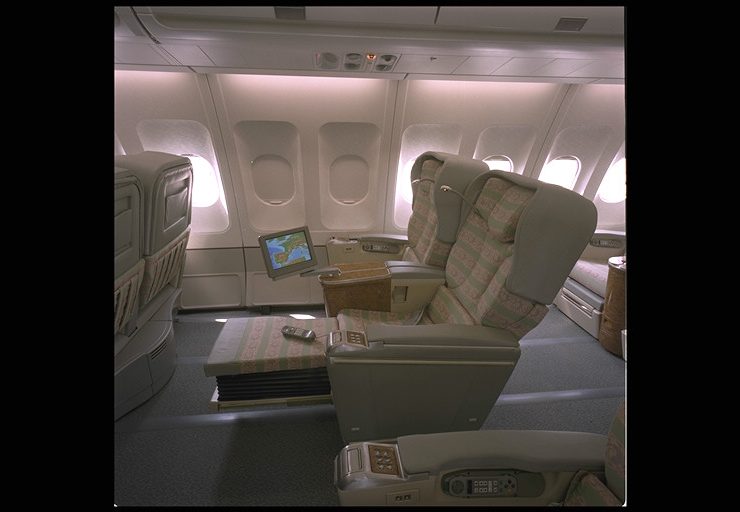
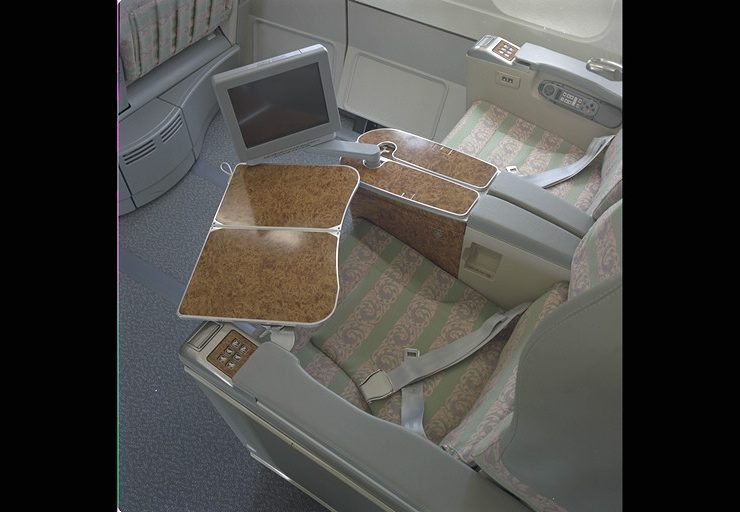
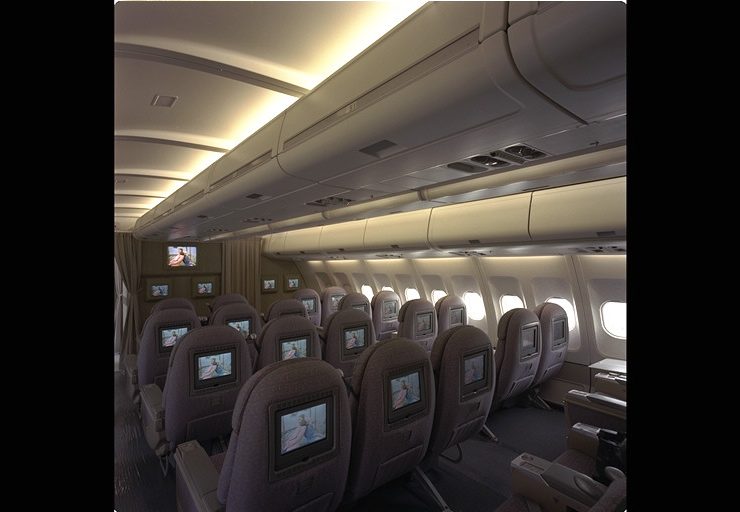
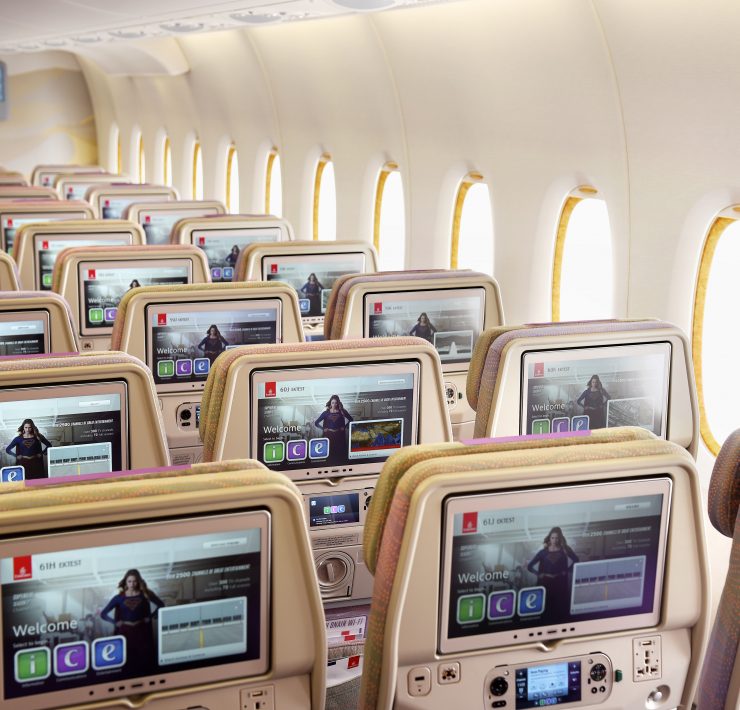
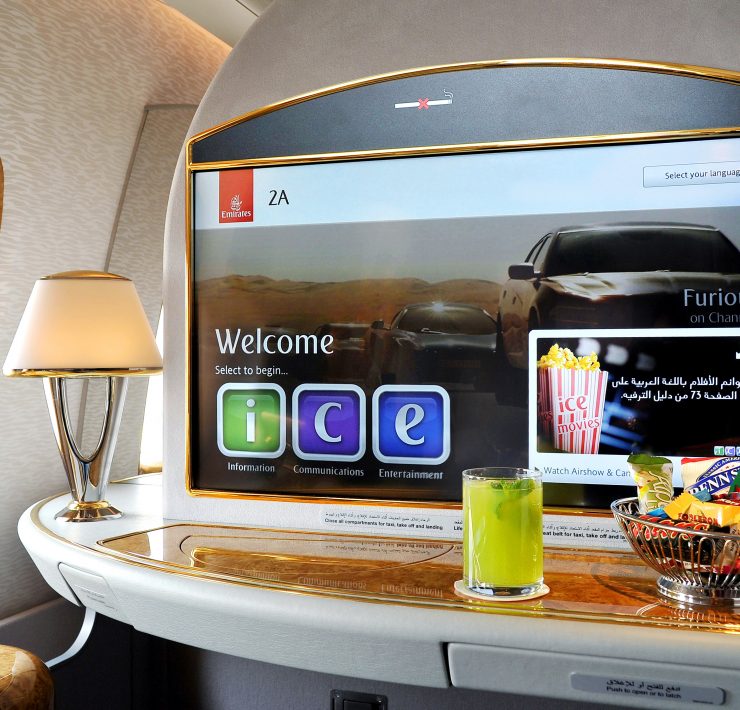
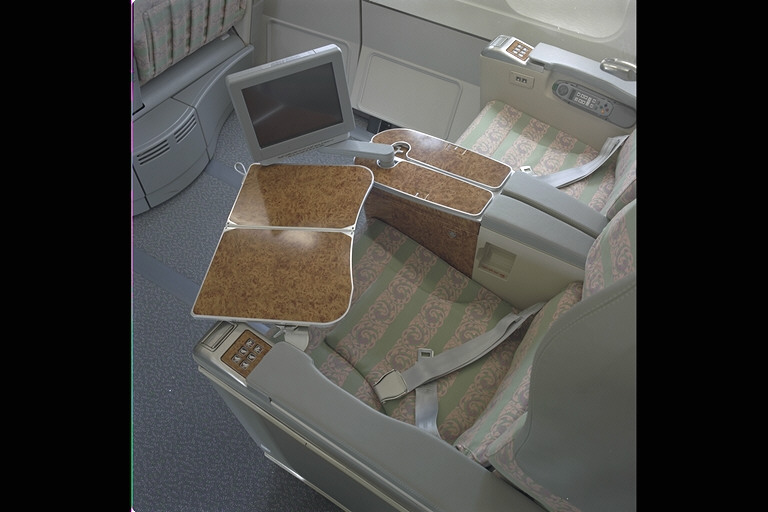
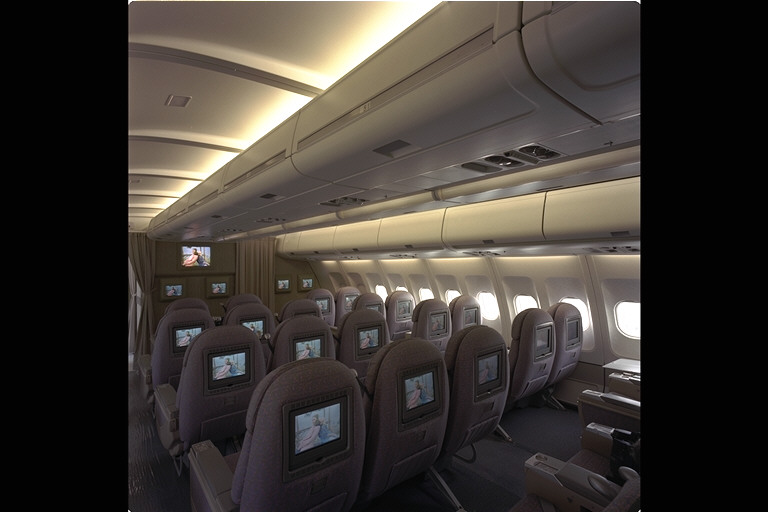
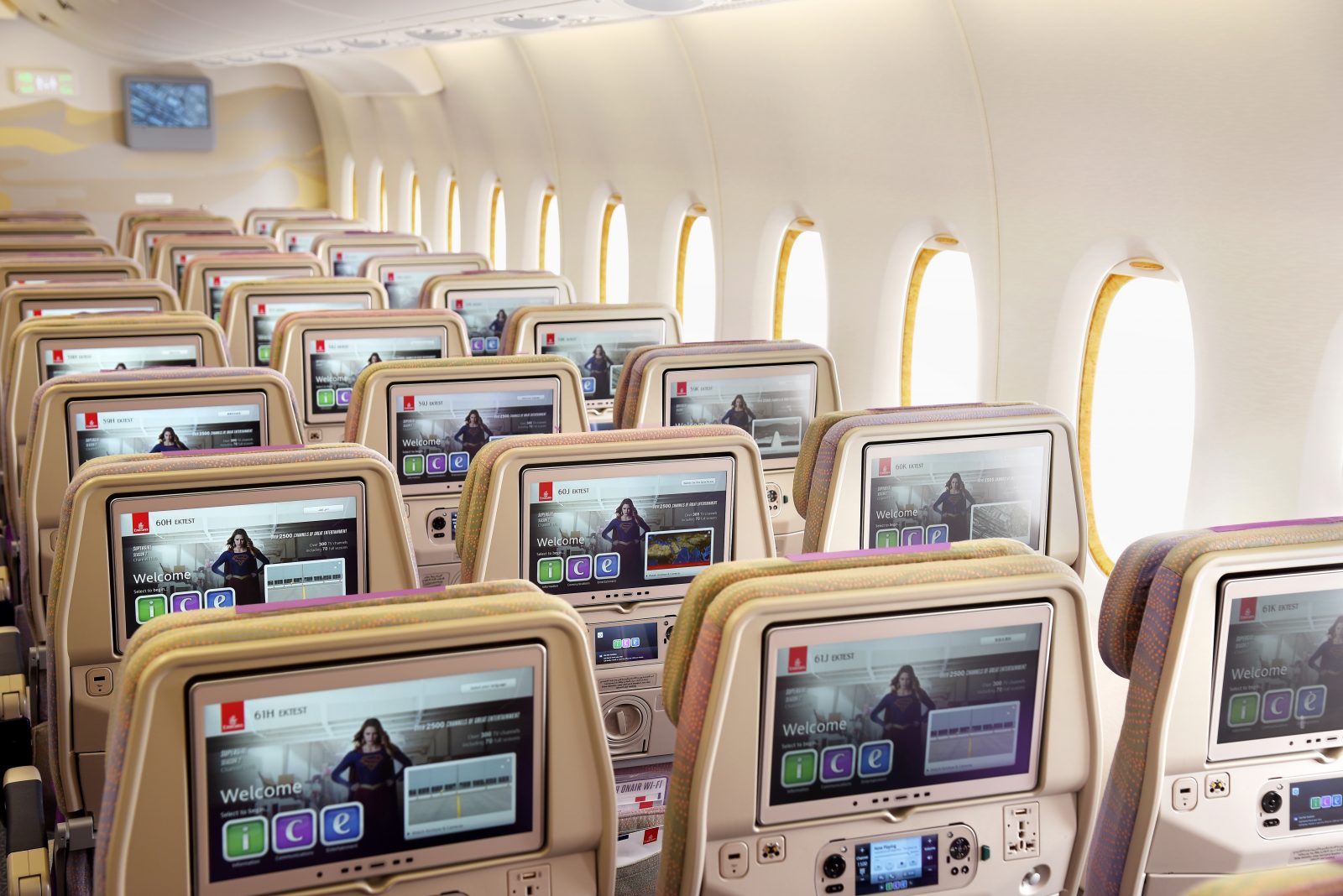
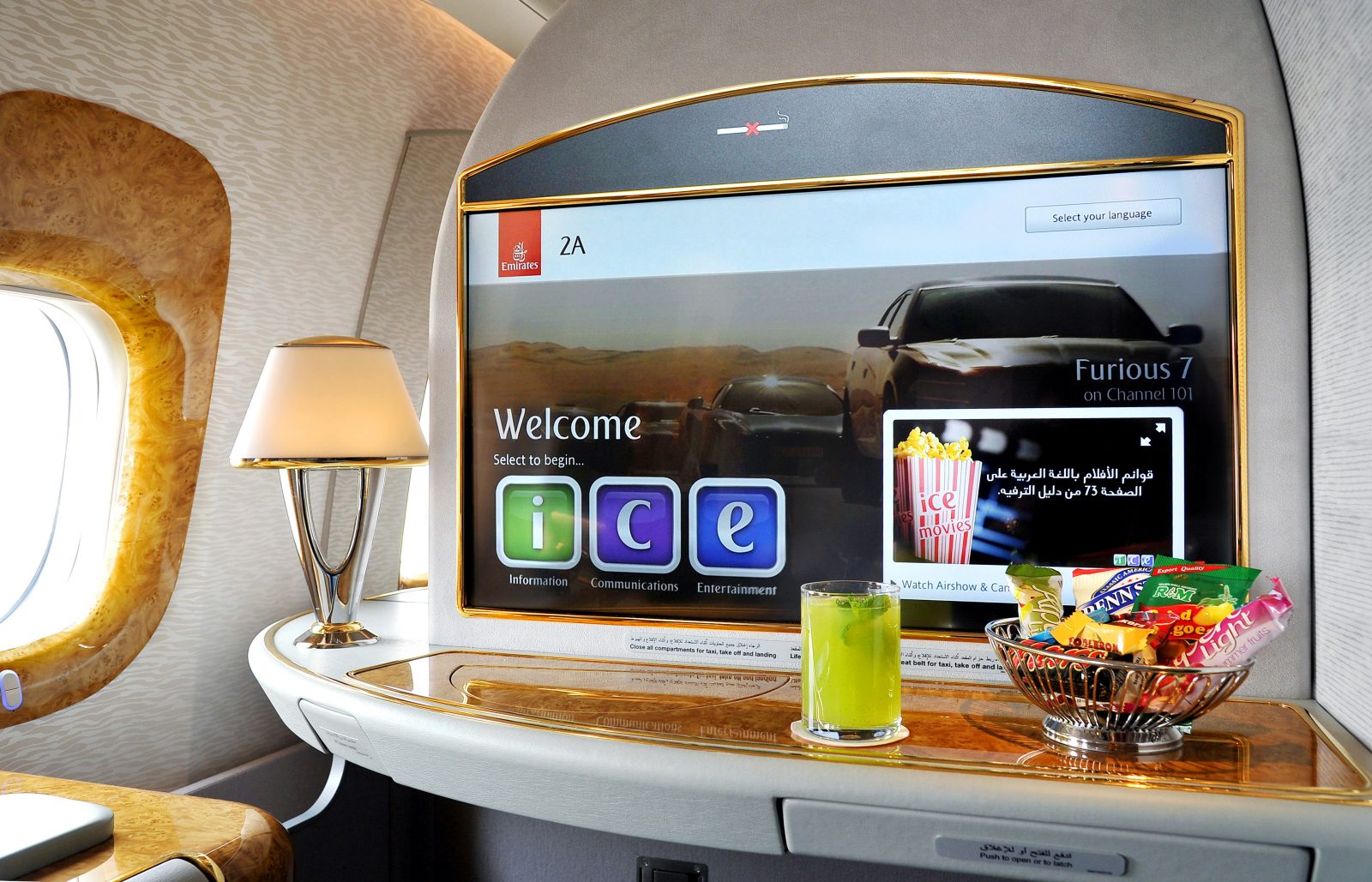

Interesting retrospective. Thanks.